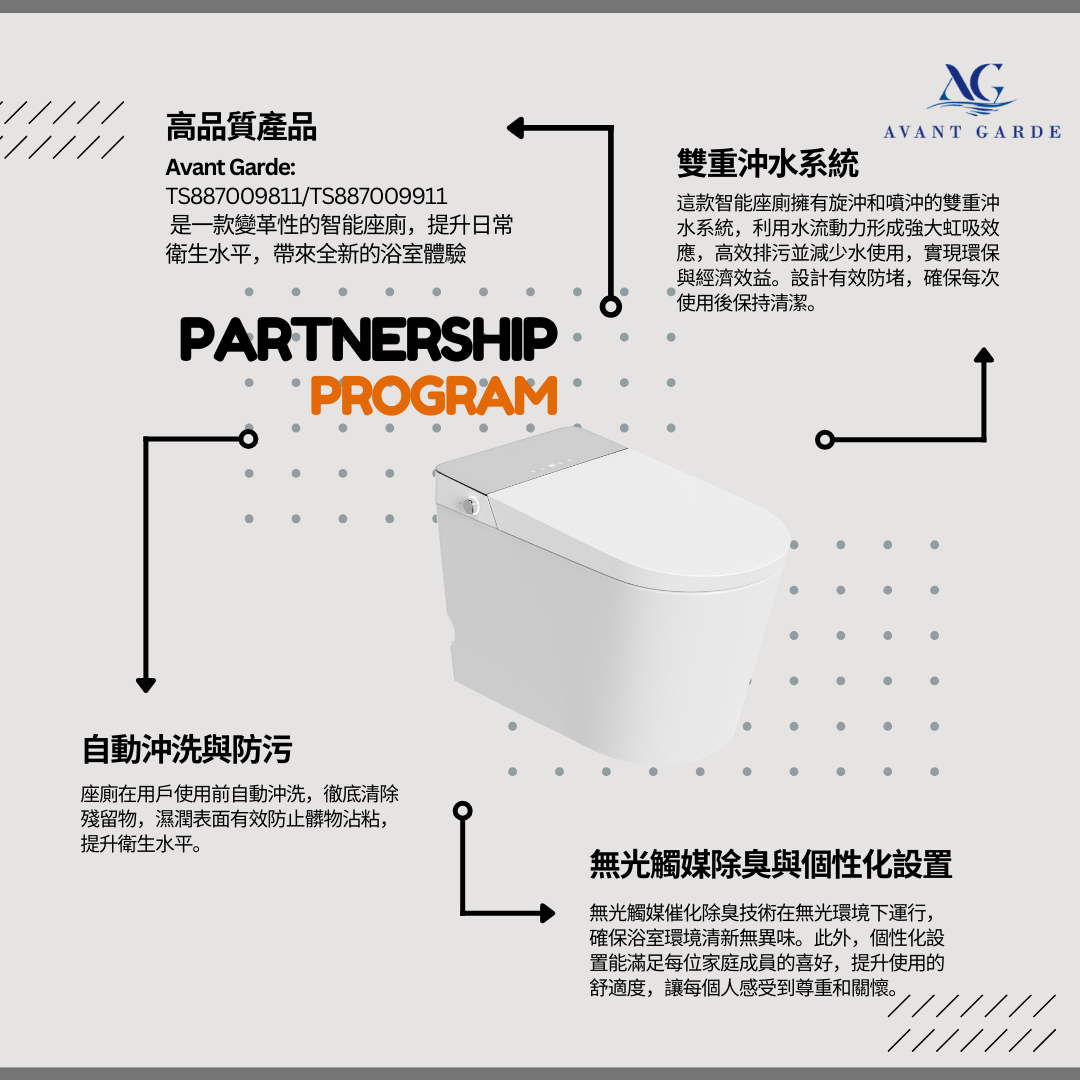💧 Water Pipe Leak Check Tips 💧
In modern households, water is an indispensable resource. Whether for drinking, cleaning, or washing, water usage is closely tied to our daily lives. However, the issue of leaking water pipes is often overlooked, which can lead to water wastage and potential damage to property. To ensure the safety of your household water supply, the Water Supplies Department recommends regular checks for leaks in your plumbing. Here are some simple methods to help you perform these checks on your own, so let’s explore how to identify and address water pipe leak issues.
1. Turn Off All Faucets
Before you begin your inspection, first ensure that all faucets in the house are tightly closed. This step is crucial because any open faucet may lead to inaccurate readings on the water meter. By turning off the faucets, you can further minimize the impact of other water sources on the inspection results, allowing for a more accurate test.
2. Record Water Meter Data
Next, head to the water meter room or the location of your water meter, and carefully record the number on the far right of the meter. This number will serve as your starting point for the inspection. It’s advisable to take a photo or manually note it down for later comparison. The data from the water meter can help you understand your household’s water usage and serve as a reference for subsequent checks.
3. Wait and Check Again
After recording the water meter data, please be patient and wait for ten minutes before checking the meter again and recording the number. At this point, you need to compare the two readings. If the number on the water meter has changed, it may indicate a leak in the system. To achieve more accurate results, you may also choose to extend the waiting time, ideally to at least one hour.
Action Plan
- If the Water Meter Moves: This may indicate a leak in the pipes. It is advisable to hire a licensed plumber immediately to conduct an inspection and repairs. A professional plumber can quickly locate the source of the leak and provide effective solutions to minimize the impact of the leak on your household.
- Extend Testing Time: If you want to obtain more accurate results, you can extend the testing time to at least one hour. This can reduce the chance of leaks and ensure the accuracy of the inspection results. By extending the testing time, you can better determine if there are potential leak issues.
Best Times for Inspection
It is recommended to conduct the inspection during times when there are fewer family members using water, such as late at night or early in the morning. This way, you can ensure that no other water sources affect the readings during the inspection, thereby increasing the accuracy of the results. Regularly checking for water pipe leaks can effectively prevent water wastage and avoid potential losses caused by leaks.
Conclusion
Checking for water pipe leaks is a simple yet important household maintenance task. By following the methods outlined above, you can easily check for leaks in your plumbing and take timely action for repairs. Maintaining the safety and health of your household water not only helps save on water bills but also protects the environment, bringing more convenience to our lives. We hope these tips will help you better manage your household water usage and ensure that every drop is used effectively!


